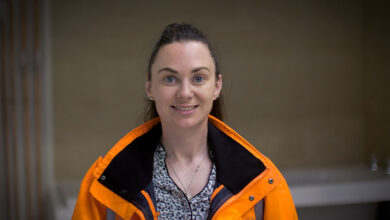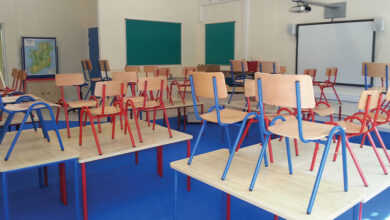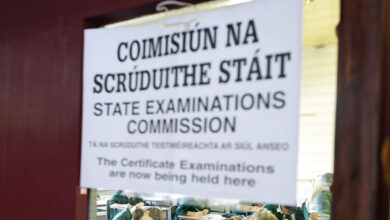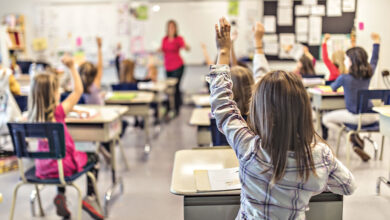Remote learning at a glance
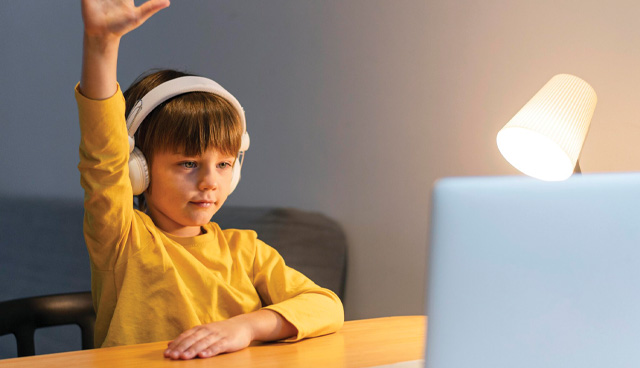
eolas engages with teachers and lecturers across the spectrum of first-, second-, and third-level education in Ireland in order to gauge the experience of remote learning and teaching, the greatest challenges for educators and the most significant impacts upon students.
Since the outbreak of the Covid-19 pandemic forced the closures of educational institutions across Ireland, from primary schools to universities, educators and students alike have been forced to reckon with a shift to online and remote learning and teaching that has proved to be a challenge for all involved. Educators typically reported a period of getting to grips with technology, both on their side and the side of the students, during the first lockdown period and a more fluid process during the second lockdown.
“We gave timetables to the kids,” says Lisa Howell, a teacher in a Dublin secondary school, explaining how education was organised in her place of work. “The first time we did remote learning, teachers were left to do their own thing, but the second time, we gave the kids timetables so that teachers and students were made accountable. This meant that teachers were teaching classes rather than just assigning work all the time.
“As a year head, I would know that a child in my year had a class at a given time and if they weren’t online, I would be able to ring home and ask why they were not online. We were finding that the kids would find it too difficult to do all-online all day, so you’d give them a mix. If I had five lessons planned for a week, five 40-minute classes, I might do four online classes and one where I would assign written work. If you assigned them work, you would correct it electronically over Google Classroom. Some of them found it difficult to type, say if they were working off a phone, so they might take a picture of the work done and send it in to us.”
Siobhán Shovlin, a primary school teacher, also in Dublin, reports similarly, that following the learning curve of the first lockdown, the second period had proved more productive. “Overall, it has been a positive experience and we all understand why it was necessary,” she says. “I was much more prepared this time than last March and had a good idea of what worked well and what students enjoyed. It was nice to work as part of a team and pool together when it came to resources and lesson ideas. It was nice to provide different learning opportunities and variety to our students, for example, we made pancakes for ‘pancake Tuesday’, dressed up as book characters and had a book themed quiz for World Book Day and held a quiz to mark Seachtain na Gaeilge.”
Gareth Burns, Director of the Turn to Teaching programme in Maynooth University, which aims to improve diversity in the teaching profession, reports that despite “the inequalities that the pandemic has deepened, especially amongst underrepresented groups, the students on Think About Teaching have been fully engaged with high attendance figures for our on-line classes”. “The high level of student engagement is testament to the unbelievable commitment our students demonstrate despite the challenges that the past year had presented for them,” he says.
In terms of challenges and impacts on students, both Howell and Shovlin point to a lack of social interaction among students and the challenges presented by students being confined to homes crowded with their siblings. “The social interaction inside and outside the classroom is a really special element of school life and I am really glad that school has reopened to facilitate the ongoing building of friendships and social development,” Shovlin says.
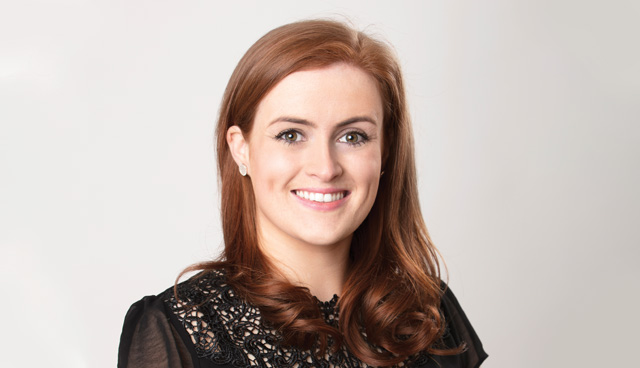
“It was also challenging for children who were sharing devices with other family members who may have had scheduled video calls with their teacher too. The routine of school is great for everyone and the flexibility of remote learning could be tricky as the standard school hours are not there to provide the same structure to our learning day.”
Primary teacher, Siobhán Shovlin
Detailing the lack of interaction among her students in an online setting, Howell recounts: “I had a computer issue one day and told them I’d be back after I got a new laptop. So, I went and got a new one and was back in maybe three minutes, but there was nobody talking. They didn’t interact. There would be times when I would say, ‘right, I’ll get off here and leave you all on’, but everybody would get off. There was no interaction. That will be a major impact for them, that they don’t have this social interaction with each other.”
Shauna Gilligan, Burns’s colleague in Maynooth University’s Turn to Teaching found “the absence of shared kinaesthetic learning” to be the biggest impact of remote learning, an inability to be “in a room with a group, ‘reading’ the room and the people”. Gilligan’s Turn to Teaching colleague Pádhraic O’Hanrahan found getting students to engage in an online environment to be a challenge, that there was “a lot more anxiety from a student to unmute their mic and pose a question to the class”.
Learning from homes where bedrooms and resources are shared also caused disruption, as both Howell and Shovlin observed. “You have some kids who might live in crowded houses and they can’t engage because they can’t turn on their mics because they have siblings in the house making noise,” Howell says. “They’re not able to engage in the same way as a child who has a bedroom to themselves.”
Shovlin agrees: “It was also challenging for children who were sharing devices with other family members who may have had scheduled video calls with their teacher too. The routine of school is great for everyone and the flexibility of remote learning could be tricky as the standard school hours are not there to provide the same structure to our learning day.”
A lack of routine for schoolchildren was also of particular concern to Shovlin and Howell. Howell expresses concern that the disconnect of digital schooling allows children to disengage without feeling consequences: “The children don’t get the same structure they get from going to school. They have to motivate themselves to get up out of their beds too, they don’t have a teacher there to get them going. If they skip a class, they don’t see it as skipping school. They just see it as them not getting up and turning on the computer, so it’s not the same consequence as mitching off school.”
With regard to how the teaching was done, Howell cites Google Classroom as her most used tool, Gilligan mentions tools such as Mentimeter, Padlet, Kahoot, Moodle and Microsoft Teams; her colleague O’Hanrahan also mentions Moodle and a department-provided Wacom tablet “that became my “virtual blackboard” and a way to convey my mathematical ideas to the students in real time”.
As hopes for a return to some form of normalcy rise with increasing numbers of vaccinated people, thoughts will turn to a return to “normal” schooling and those involved see lessons to be learned for that return from this ordeal. “We have learned the importance of social interaction in school and how important each and every one of our interactions are including paired work, group discussions and class projects,” Shovlin says.
“I will be so grateful for daily interactions with colleagues, students and being able to support as required. There are so many lovely projects and initiatives which schools can take part in and participation in such programmes become such a part of school life and as a teacher I am really glad to be able to explore such learning opportunities again.”
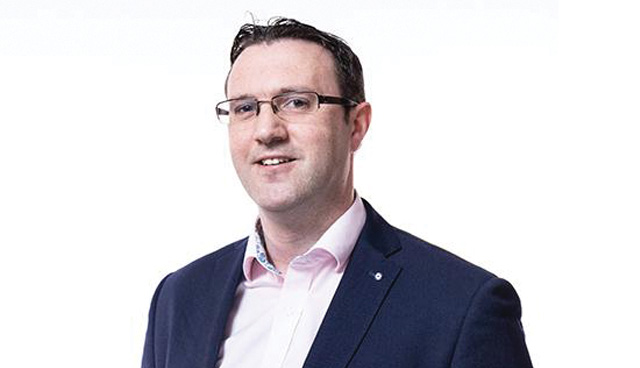
“Despite the inequalities that the pandemic has deepened, especially amongst underrepresented groups, the students on Think About Teaching have been fully engaged with high attendance figures for our on-line classes. The high level of student engagement is testament to the unbelievable commitment our students demonstrate despite the challenges that the past year had presented for them.”
Gareth Burns
Both Gilligan and O’Hanrahan see an opportunity to change the way educators teach and relate to their students. “Keeping sessions learner and task focused rather than learning-outcome focused and using flipped classroom methods as well as ensuring learners have agency in the process is what I will take from this time,” Gilligan says. “I think it can only be a good thing that so many teachers were exposed to some new forms of teaching,” O’Hanrahan concurs. “It can sometimes take a pandemic to get people to change their habits. I think when things go back to ‘normal’ people will incorporate some of the new methods they found to benefit their teaching.”
O’Hanrahan also sees lessons in the monitoring of student welfare: “During remote learning, there has been a bigger onus on the students to structure their day and organise their work. This can be liberating for some but scary for others. To help alleviate this, the Think about Teaching programme have applied an end of week check-in with the students where they can discuss their week and help keep some students on track. These kinds of activities would be great to continue.”
Howell noticed a deficiency within students that may not have been noticed otherwise. “We all assume that children are IT literate because they can use phones and Xboxes; they’re not IT literate. They might be able to use a phone or an Xbox, but they can’t use Microsoft Word or Google Docs. Some don’t know how to send an email. There were plenty of times I had to go online and share my screen and show a child how to send an email,” she says.
Concluding, she sees hope for an improvement in both feedback received by students and cooperation among students facilitated by the tools used throughout this period: “I would have always used Google Classroom but now I feel like my students get better feedback. When I would take up a copy, there would be a small margin where I could write in a note, but now I can type whole, long suggestions about what the student could try instead, where examples are needed etc. I don’t think we would have gotten to that without this. All of the teachers being forced to use it also allowed teachers to swap advice on how best to use things like Classroom and I don’t think that would have happened otherwise.”


